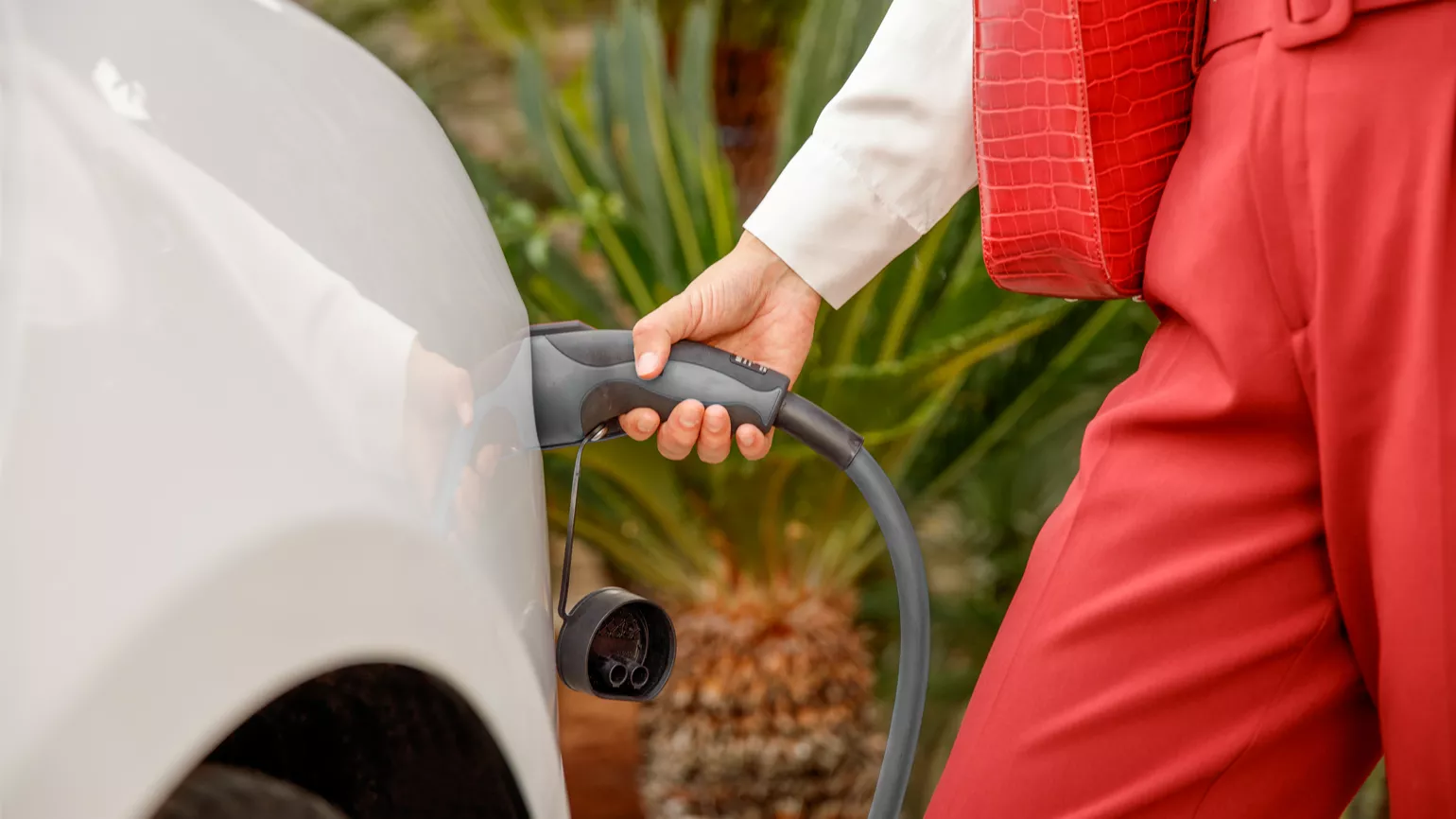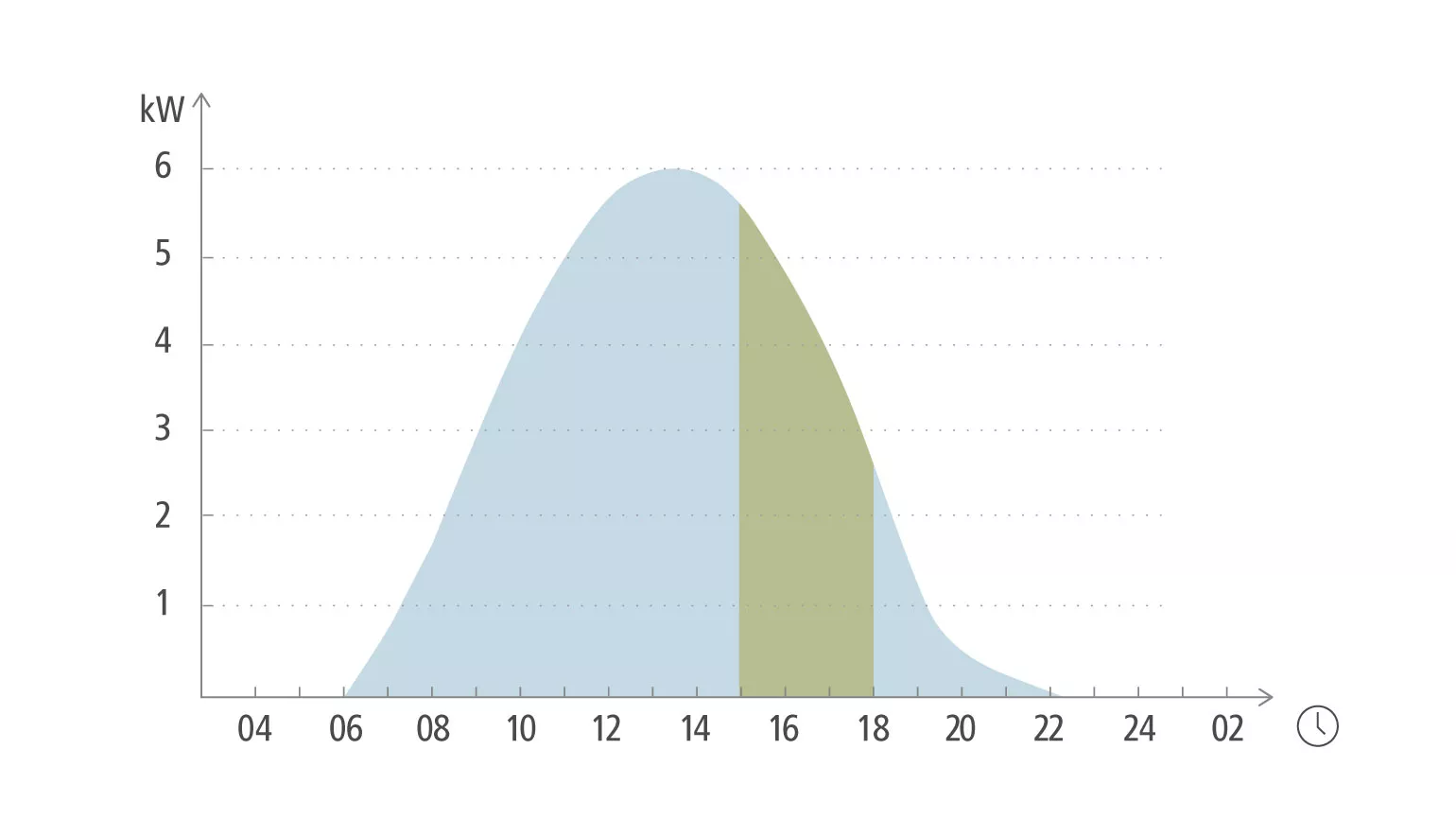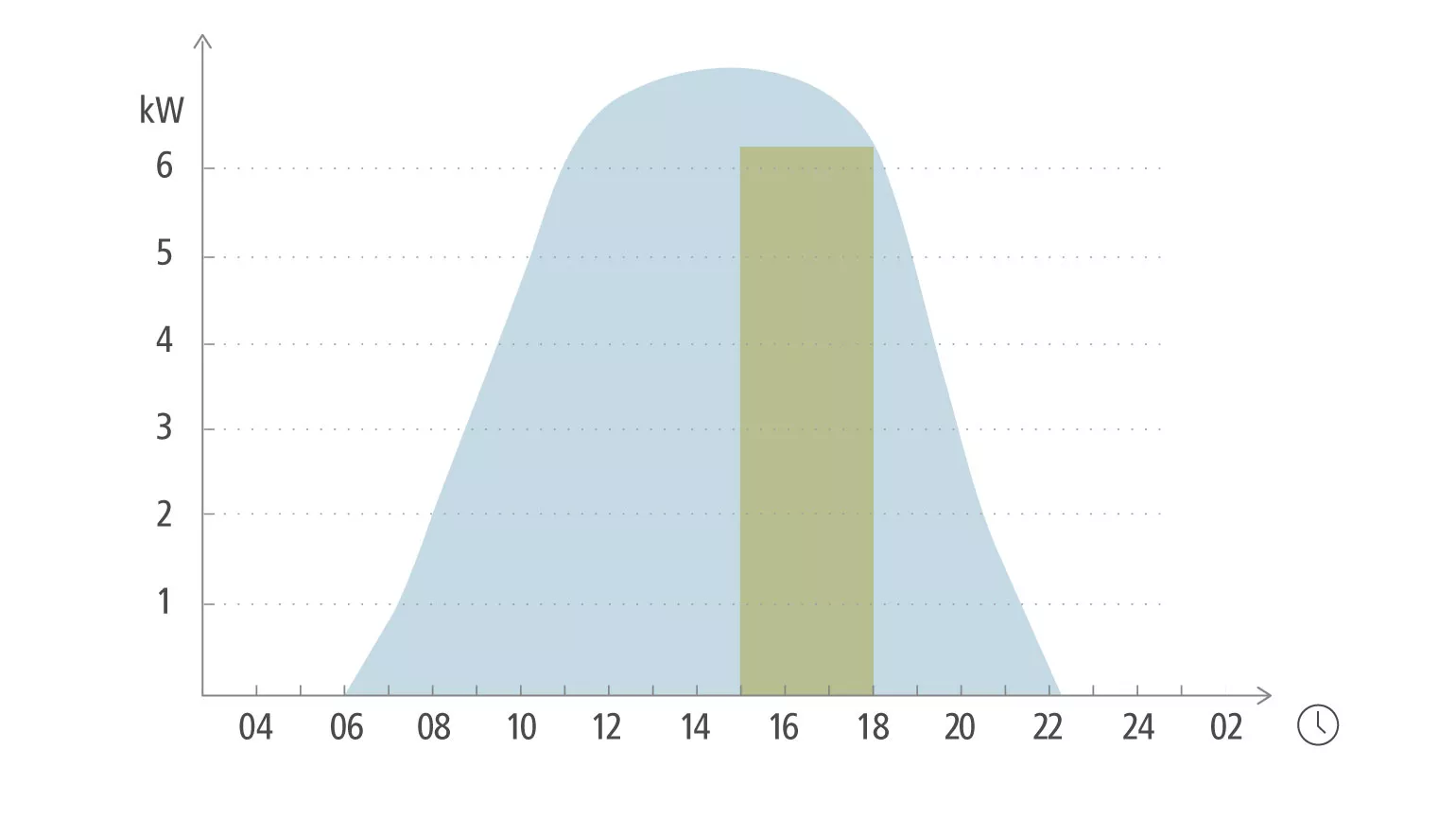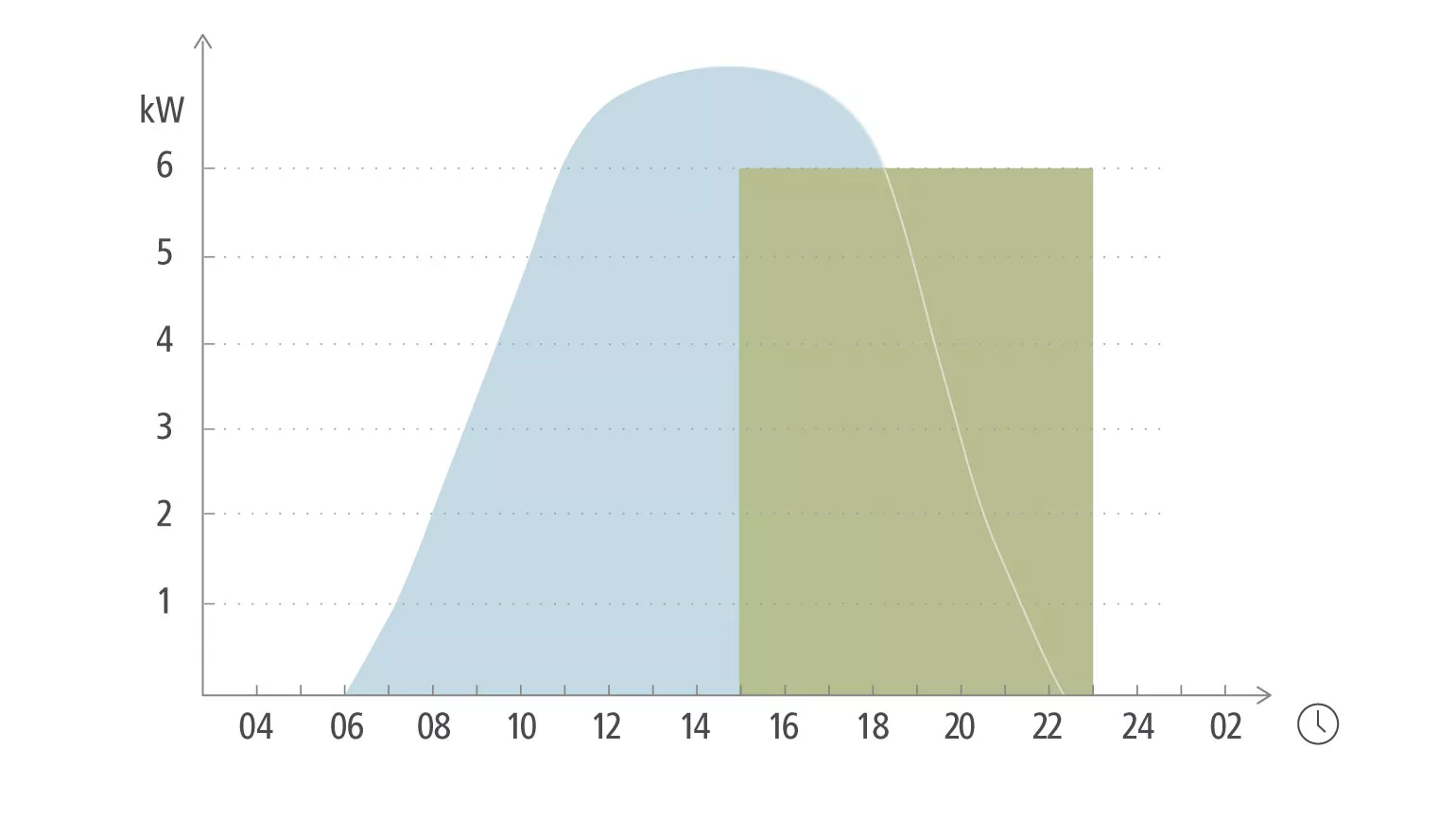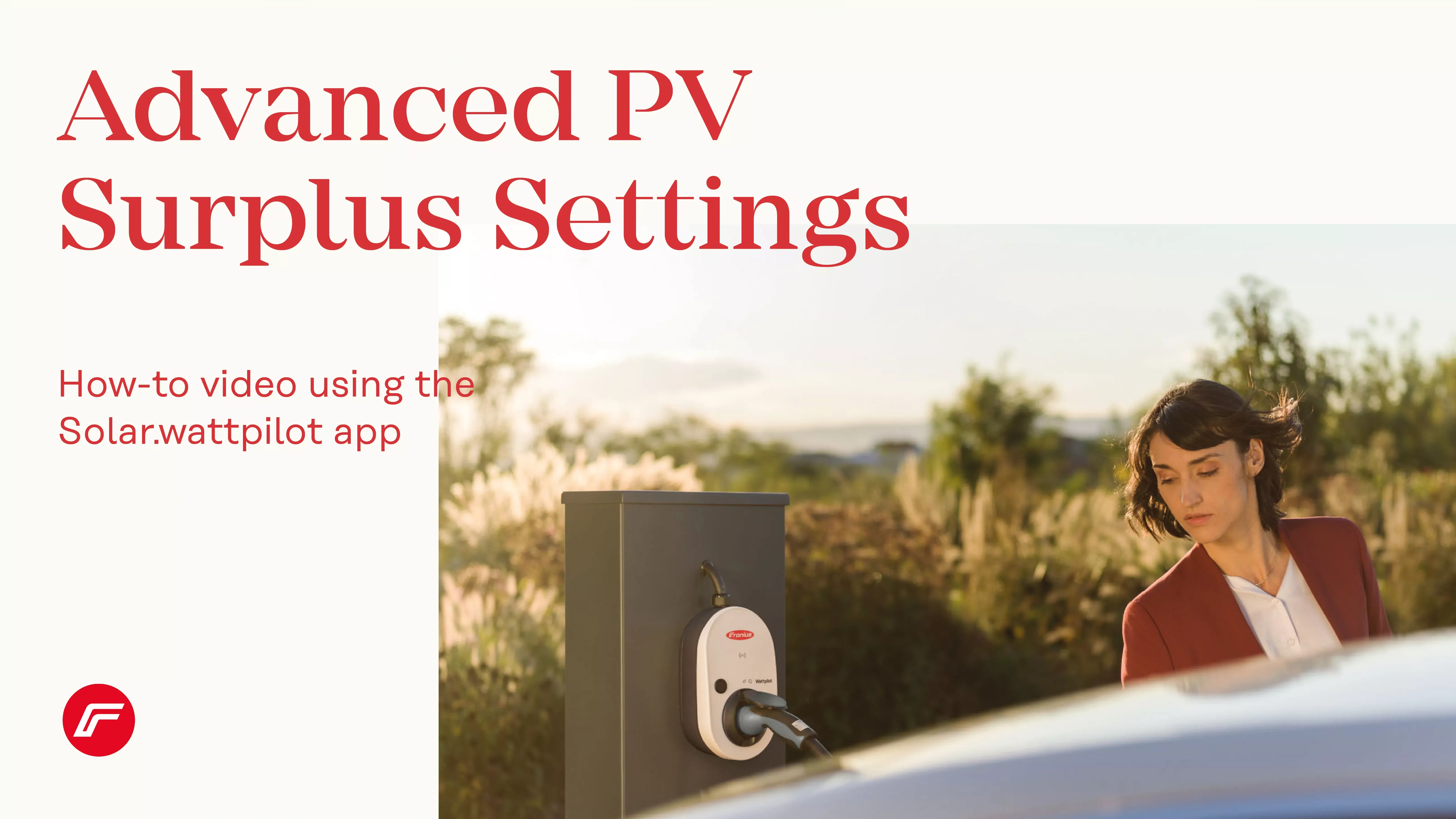Photovoltaics and E-Mobility
The Perfect Combination

PV surplus charging for sustainable mobility
High potential savings in energy and costs: this is what an increasing number of installers are promising to deliver by providing their customers with a combination of photovoltaics and e-mobility.
Owners of a photovoltaic system can use Fronius solutions to take advantage of previously unused energy to charge their electric cars cost-effectively with their own green electricity.
Conversely, if you already own an electric car, it is worth purchasing a photovoltaic system: because if you use the solar power you have produced yourself to charge your own vehicle at home, this is a far cheaper and more flexible approach than charging with mains current.
Advantages of combining photovoltaics & e-mobility
- Increase your solar self-consumption rate
- A faster return on investment for the photovoltaic system and for the electric car
- The most affordable electricity for the electric car
- Drawing less energy from the grid
Fronius offers a number of solutions for charging electric cars using energy from a photovoltaic system. These range from simple solutions without energy management right through to the intelligent charging solution with the Fronius Wattpilot. The refined charging solution featuring the Fronius charging box enables dynamic surplus charging and therefore optimum use of the self-generated solar power.
Find out more about the specific features and advantages of the different charging options you could offer your customers.
Dynamic PV surplus charging
• PV surplus • electric car*
The charging process starts automatically, with the charging station continuously checking the amount of energy available and constantly adapting the charging process.
The advantage here is that surplus solar power is not fed into the public grid unused, but is an affordable ‘fuel’ used for recharging. Once configured by the Fronius installer, dynamic PV surplus charging is fully automatic.
Fronius provides the Fronius Wattpilot Flex and Fronius inverters, the ideal components for this charging variant. The inverter has open interfaces to enable direct communication with the intelligent charging station.
Possible with
Dynamic charging with the Fronius Wattpilot Flex
The Fronius Wattpilot Flex is the intelligent charging station that enables your customers to recharge their electric cars with dynamic PV surplus charging.
Thanks to fully-automatic 1-/3-phase switching, even better use can be made of the surplus PV energy of 1.38 - 22 kW.
Another product highlight is that the Fronius Wattpilot Flex is compatible with variable energy tariffs. It is therefore possible, for example, to automatically charge your electric car at night, during low tariff periods, with affordable electricity from the grid.
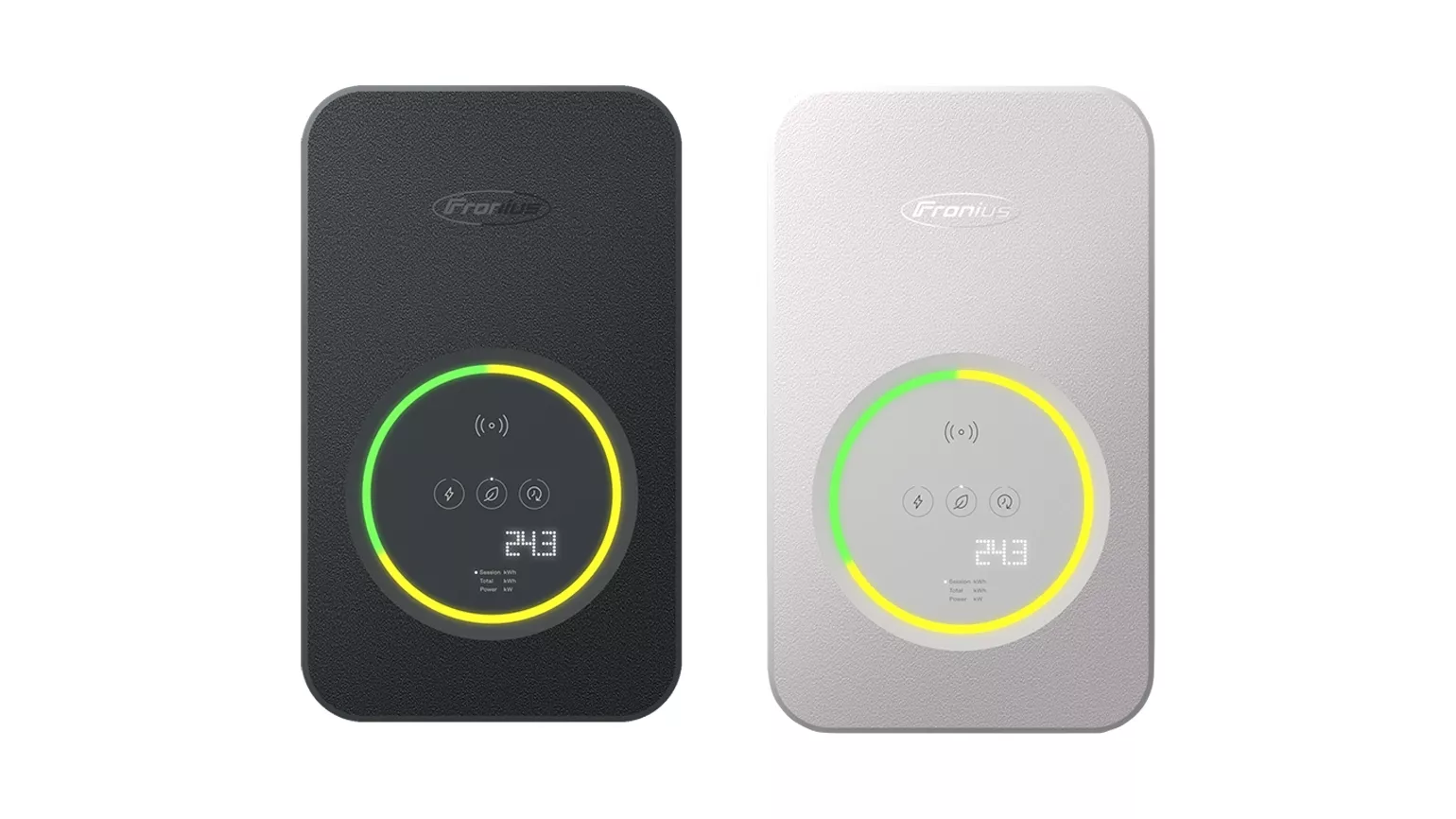
PV surplus charging with energy management
• PV surplus • electric car*
The inverter will then always use a digital output to control a charging socket or simple charging box if a defined PV power or PV surplus threshold value is reached.
In contrast to dynamic surplus charging, the charging process for this variant cannot be constantly regulated. The charging power is fixed for each charging process. The inverter activates and deactivates charging automatically depending on the PV surplus present.
Possible with
- Fronius inverters &
- Simple charging solution with release contact or upstream relay
Manual charging of surplus PV
Every photovoltaic system owner can also charge their electric car without energy management, of course. With this variant, however, the charging station must be activated manually, as soon as any PV surplus is available.
It is important here for the charging power of the charging station to adapt to the PV system output, to avoid expensive load peaks.
Possible with
- Fronius inverters &
- Any charging solution
• PV surplus • electric car*
* The graphics are for schematic illustration. There is no claim to complete technical correctness.
More information about e-mobility & photovoltaics
How-to video: Advanced PV surplus settings in the Solar.wattpilot app
Find out more about making optimal use of PV surplus for continuously charging an electric car.
Get to know the different ways to efficiently charge an electric car and increase the rate of PV self-consumption.

